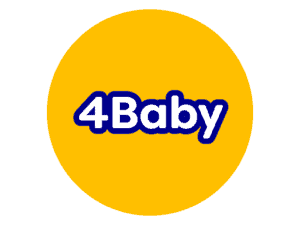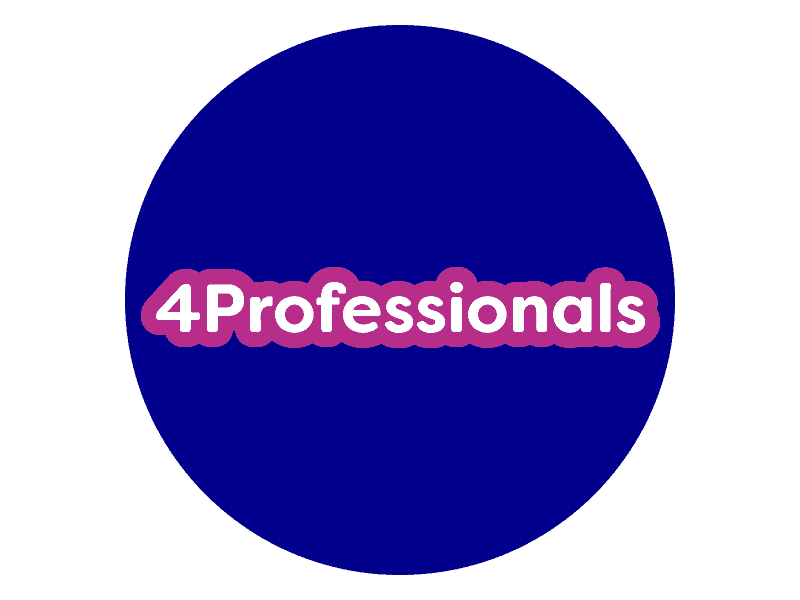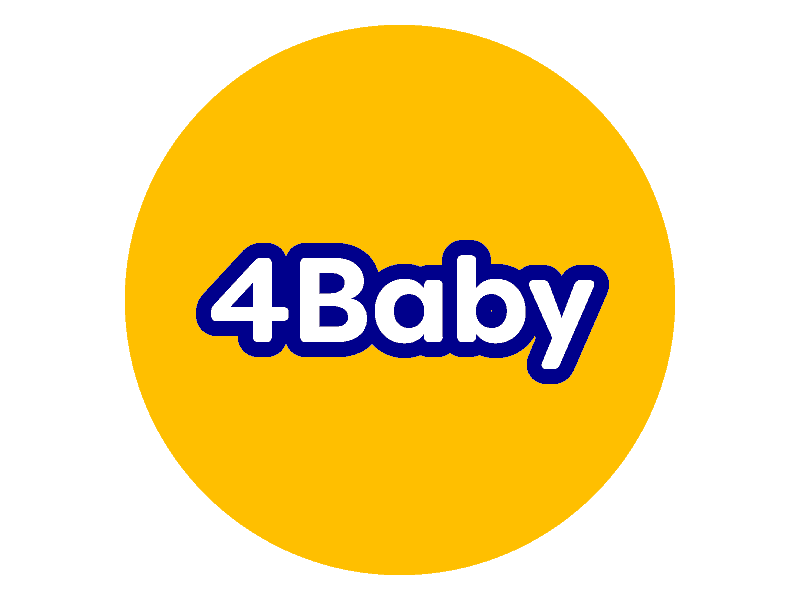Abbie Tomson
Midwife MSc, BSc, Yoga Teacher, Project Lead at All4Birth
@enevlorel @All4Birth
Summary
When your little one starts showing signs of being ready for solid foods, it’s an exciting milestone! However, navigating the world of weaning can be overwhelming with so many different approaches. One method that has gained popularity in recent years is Baby-Led Weaning (BLW). This approach focuses on allowing your baby to take the lead, exploring food at their own pace without the need for purees or spoon-feeding. In this blog post, we’ll dive into the concept of Baby-Led Weaning, explore its benefits, and provide practical tips for implementing it with your baby, all while considering UK-based advice and the latest research.
What is Baby-Led Weaning?
Baby-led weaning (BLW) is an approach to introducing solid foods where the baby is in control. Instead of being spoon-fed purees, babies are offered a variety of whole foods that they can pick up, explore, and eat at their own pace. The idea is that by allowing babies to self-feed, they can develop healthy eating habits, learn about different textures and tastes, and become more independent eaters.
Benefits of Baby-Led Weaning
Promotes Self-Regulation:
One of the key benefits of BLW is that it encourages babies to listen to their own hunger and fullness cues. Unlike spoon-feeding, where parents might inadvertently encourage their baby to eat more than they need, BLW allows babies to decide when they’ve had enough. This can help establish healthy eating patterns early on, potentially reducing the risk of overeating later in life.
Encourages Independence and Confidence:
BLW allows babies to explore food on their terms. This independence helps build their confidence with food, as they learn to pick up, taste, and chew different foods at their own pace. Over time, this can lead to more adventurous eating habits and a greater willingness to try new foods.
Supports Motor Skill Development:
Picking up food, bringing it to their mouth, and chewing are all important developmental milestones. BLW supports the development of fine motor skills and hand-eye coordination, as babies practice grasping and handling different shapes and sizes of food.
Family Mealtimes:
With BLW, babies can join in with family mealtimes from the start, eating the same foods (with some modifications for safety). This can make mealtimes more enjoyable for everyone and encourage social interaction and bonding.
Practical Tips for Implementing Baby-Led Weaning
Start When Baby is Ready:
The NHS recommends starting solids around 6 months of age when your baby can sit up unaided, shows interest in food, and can pick up objects and bring them to their mouth. Look for these signs of readiness before introducing BLW.
Offer a Variety of Foods:
Start with soft, easily manageable foods like steamed vegetables, ripe fruits, and cooked pasta. Gradually introduce a wide range of foods to help your baby experience different tastes and textures. Avoid foods that are choking hazards, such as whole nuts, grapes, and hard raw vegetables.
Encourage, Don’t Pressure:
Allow your baby to explore food at their own pace. It’s normal for them to play with the food or even reject it at first. Trust that they’ll eat when they’re ready and don’t worry too much about how much they’re consuming in the early stages.
Create a Safe Eating Environment:
Always supervise your baby during meals, and ensure they’re sitting upright to reduce the risk of choking. Familiarize yourself with first aid for choking so you feel confident handling any potential issues.
Stay Patient and Positive:
BLW can be messy and slow-going at times, but it’s important to stay patient. Celebrate your baby’s progress and keep mealtimes relaxed and positive.
The Latest Research on Baby-Led Weaning
Research on BLW is ongoing, but several studies have highlighted its potential benefits:
– A study1 found that babies who were weaned using a BLW approach were more likely to be better at self-regulating their food intake and were less likely to be overweight at 18-24 months of age compared to traditionally weaned babies.
– Another study2 observed that BLW did not increase the risk of choking, provided that parents were educated about safe food choices and supervision. This supports the idea that BLW can be a safe and effective weaning method when implemented correctly.
– Research3 found that BLW might help reduce the likelihood of picky eating in later childhood. Babies exposed to a wider variety of textures and tastes were more accepting of new foods as they grew older.
The NHS supports a flexible approach to weaning, including BLW, as long as it is safe and the baby is ready. It’s essential to ensure that the foods offered are appropriate for the baby’s age and development stage. The NHS emphasizes the importance of iron-rich foods, such as meat, beans, and leafy green vegetables, as well as ensuring a varied diet that includes different food groups.
The UK’s First Steps Nutrition Trust also guides on BLW, particularly around offering nutritious and safe foods. They recommend being mindful of the salt and sugar content in foods, particularly when offering family meals.
Baby-led weaning is an empowering approach that allows your baby to explore food independently, promoting self-regulation and building confidence. By following the guidelines and advice outlined in this post, you can help ensure a positive and successful weaning journey. Remember, every baby is different, so stay flexible and enjoy this exciting stage of parenthood!
Links to other resources
 Websites
Websites
First Steps Nutrition
 Books
Books
Baby-Led Weaning: The Essential Guide by Gill Rapley and Tracey Murkett
The Baby-Led Weaning Cookbook by Gill Rapley and Tracey Murkett
I can’t believe it’s baby Food Lucinda Miller
The Good Stuff by Lucinda Miller
 Film Audio and Apps
Film Audio and Apps
Baby-Led Weaning Made Easy by Katie Ferraro
Baby-Led Weaning Recipes – An app with a wide range of recipes tailored for BLW, ensuring that your baby gets a balanced and varied diet
Solid Starts – Offers a comprehensive database of foods, including how to prepare and serve them for babies starting on solids safely
References
- Brown, A., & Lee, M. (2020). “The impact of Baby-Led Weaning on food preferences and body mass index in early childhood.” *British Journal of Nutrition.*
- Cameron, S. L., Taylor, R. W., & Heath, A. L. M. (2016). “Parent-led or Baby-led? Associations between complementary feeding practices and health-related behaviours in a survey of New Zealand families.” Pediatrics.
- Coulthard, H., Harris, G., & Emmett, P. (2017). “Delayed introduction of lumpy foods to children during the complementary feeding period has long-term consequences on feeding.” *University of Nottingham.









